Genus PerseaMill. | ||
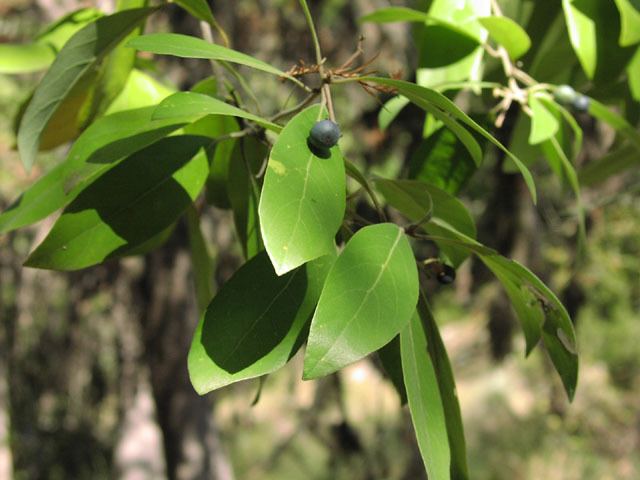 | ||
Persea americana avocado
Persea is a genus of about 150 species of evergreen trees belonging to the laurel family, Lauraceae. The best-known member of the genus is the avocado, P. americana, widely cultivated in subtropical regions for its large, edible fruit.
Contents
- Persea americana avocado
- Avocado persea americana pit time lapse
- Overview
- Distribution and ecology
- Classification
- Formerly placed here
- Etymology
- References
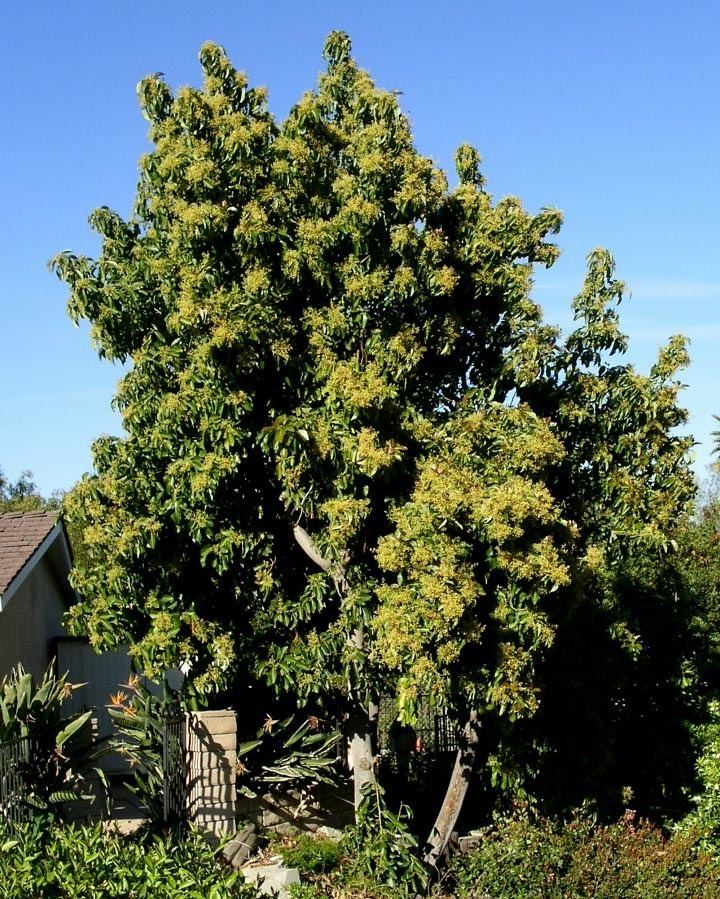
Avocado persea americana pit time lapse
Overview
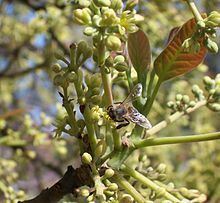
They are medium-size trees, 15–30 m (49.2–98.4 ft) tall at maturity. The leaves are simple, lanceolate to broad lanceolate, varying with species from 5–30 cm (1.97–11.81 in) long and 2–12 cm (0.79–4.72 in) broad, and arranged spirally or alternately on the stems. The flowers are in short panicles, with six small greenish-yellow perianth segments 3–6 mm (0.12–0.24 in) long, nine stamens and an ovary with a single embryo. The fruit is an oval or pear-shaped drupe, with a fleshy outer covering surrounding the single seed; size is very variable between the species, from 1–1.5 cm (0.39–0.59 inches) in e.g. P. borbonia and P. indica, up to 10–20 cm (3.94–7.87 inches) in P. americana.
Distribution and ecology
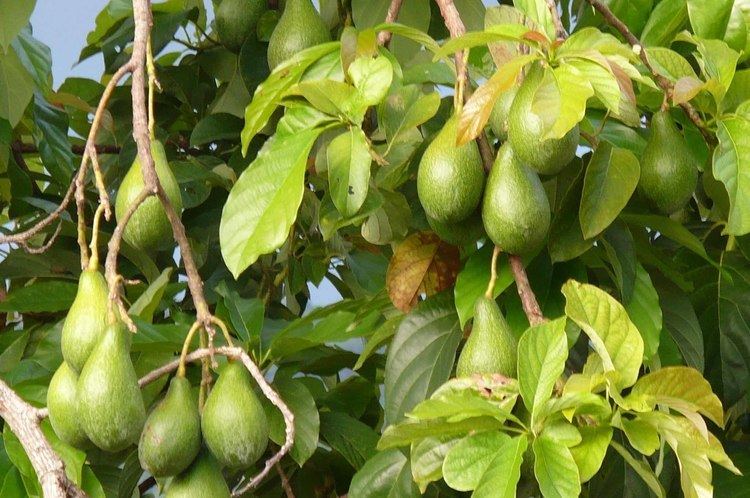
The species of Persea have a disjunct distribution, with about 70 Neotropic species, ranging from Brazil and Chile in South America to Central America and Mexico, the Caribbean, and the southeastern United States; a single species, P. indica, endemic to the Macaronesian islands, in the North West coast of Africa area, including Madeira and the Canary Islands; and 80 species inhabiting east and southeast Asia. None of the species are very tolerant of severe winter cold, with the hardiest, P. borbonia, P. ichangensis and P. lingue, surviving temperatures down to about −12 °C (10.4 °F); they also require continuously moist soil, and do not tolerate drought. A number of these species are found in forests that face threats of destruction or deforestation; for example, P. meyeniana in Central Chile.
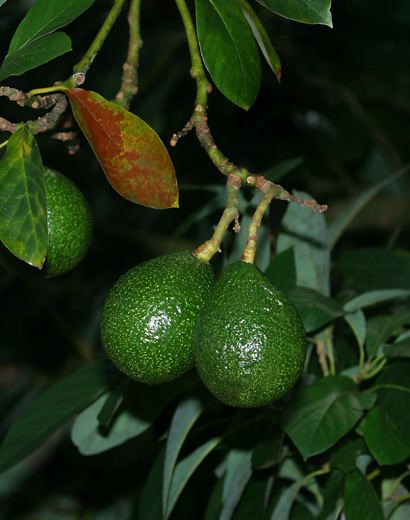
The family Lauraceae was part of the land flora of Gondwana, and many genera had migrated to South America via Antarctica over ocean landbridges by the time of the Paleocene. From South America they spread over most of the continent. When the North American and South American tectonic plates joined in the late Neogene, volcanic mountain building created island chains which later formed the Mesoamerican landbridge. Pliocene elevation created new habitats for speciation. While some genera died out in increasingly xerophytic mainland Africa, starting with the freezing of Antarctica about 20 million years ago and the formation of the Benguela current, others, which also reached South America and Mesoamerica, such as Beilschmiedia and Nectandra are still surviving today in Africa in a number of species. The genus, however, died out in Africa, except for P. indica, which is, today, a threatened species that survives in the fog-shrouded mountains of the Canary Islands.
Fossil evidence indicates that the genus originated in West Africa during the Paleocene, and spread to Asia, to South America, and to Europe and thence to North America. It is thought that the gradual drying of Africa, west Asia, and the Mediterranean from the Oligocene to the Pleistocene, and the glaciation of Europe during the Pleistocene, caused the extinction of the genus across these regions, resulting in the present distribution.
Since this habitat is constantly threatened by encroaching agriculture, the laurel forest animal or vegetal species have already become rare in many of its former habitats and are threatened by further habitat loss.
In Mesoamerica, Persea proliferated into many new species, and the berries of some of them constitute a valuable food supply for quetzals, trogoniform birds that live in the montane rainforests of Mesoamerica. In particular, the resplendent quetzal's favorite fruits are berries of wild relatives of the avocado. Their differing maturing times in the cloudforest determine the migratory movements of the quetzals to differing elevation levels in the forests. With a gape width of 21 mm (0.83 in), the quetzal swallows the small berry (aquacatillo) whole, which he catches while flying through the lower canopy of the tree, and then regurgitates the seed within 100 meters (328 ft) from the tree. Wheelright in 1983 observed that parent quetzals take far less time intervals to deliver fruits to the young brood than insects or lizards, reflecting the ease of procuring fruits, as opposed to capturing animal prey. Since the young are fed exclusively berries in the first 2 weeks after hatching, these berries must be of high nutritional value. Usually only the total percentage of water, sugar, nitrogen, crude fats and carbohydrates are reported by ornithologists.
Persea species are also used as food plants by the larvae of some Lepidoptera species including giant leopard moth, Coleophora octagonella (which feeds exclusively on P. carolinensis) and Hypercompe indecisa.
Classification
The genus Persea is treated in three subgenera. The Asian subgenus Machilus is treated in a separate genus Machilus by many authors, including in the Flora of China, while graft-incompatibility between subgenus Persea and subgenus Eriodaphne suggests that these too may be better treated as distinct genera, in fact Kostermans (1993) founded the genus Mutisiopersea for these. Another closely related genus, Beilschmiedia, is also sometimes included in Persea.
Formerly placed here
Etymology
Philip Miller derived Persea from the Greek name Περσέα. It was applied by Theophrastus and Hippocrates to an uncertain Egyptian tree, possibly Cordia myxa or a Mimusops species.
